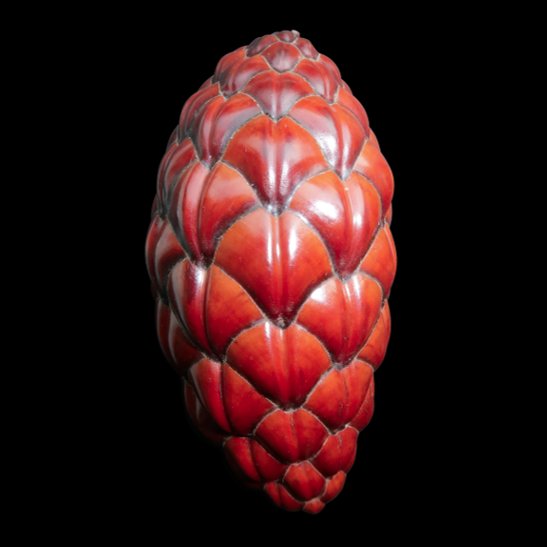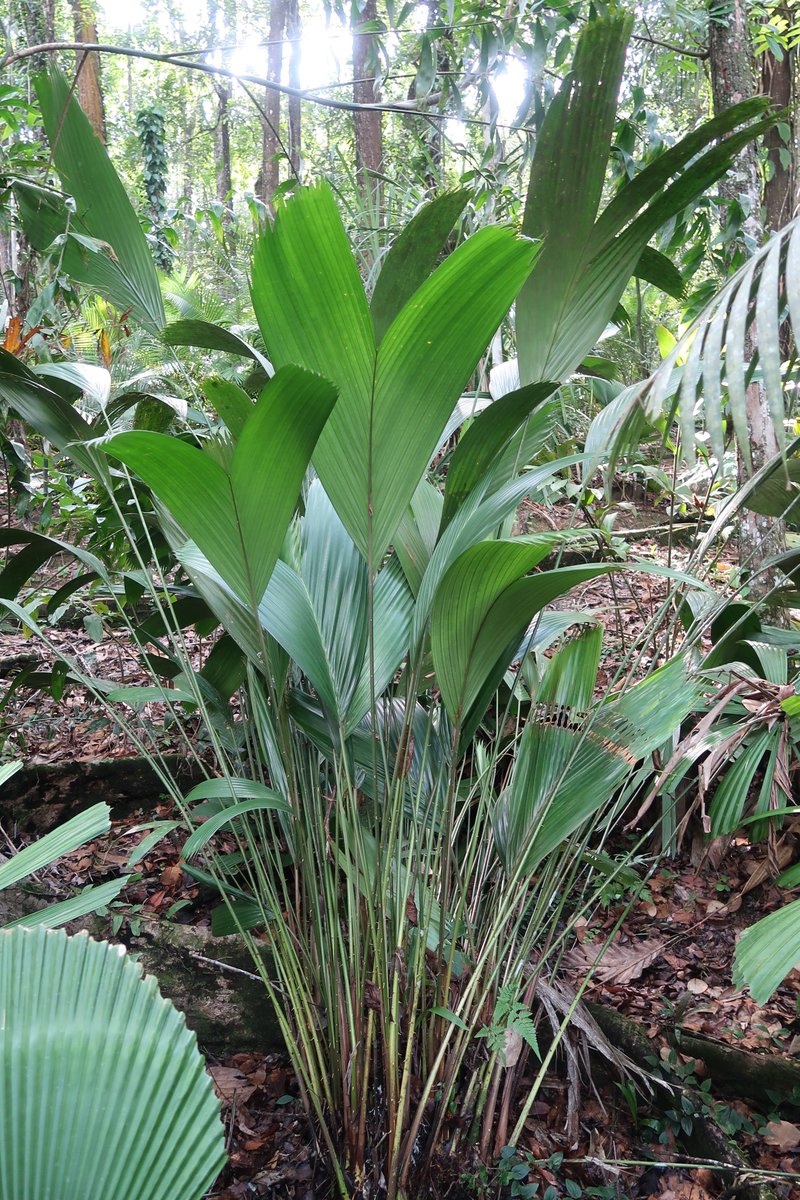
The calamoid palms 🌴 have over 500 species spread across the world, but their higher-level relationships were a bit of a mystery. Until now.
Out today in #MolecularPhylogeneticsAndEvolution:
A robust phylogenomic framework for the calamoid palms authors.elsevier.com/c/1cSr33m3nM-x…
1/10
Out today in #MolecularPhylogeneticsAndEvolution:
A robust phylogenomic framework for the calamoid palms authors.elsevier.com/c/1cSr33m3nM-x…
1/10

First some background info, so that you know what we are talking about:
Calamoid palms look a bit like snakes 🐍 (don't they!?!), because their fruits are covered in overlapping scales. And with their often fierce spines, they are equally fearsome. 😱
2/10

Calamoid palms look a bit like snakes 🐍 (don't they!?!), because their fruits are covered in overlapping scales. And with their often fierce spines, they are equally fearsome. 😱
2/10


They are classified into 17 genera, 10 subtribes and 3 tribes. They have an amazing variety of growth forms, from stemless to climbing to tree habit. 🌱🌴
3/10

3/10


But as I said, their relationships have been a bit of a mystery. Here's the varying relationships previous studies found over the last 20 years.
4/10
4/10

We tackled this mystery with a phylogenomic approach: we sampled almost a thousand genes (a hundred times more than previous studies!) of 75 species representing all calamoid tribes, subtribes and genera.
The resulting data matrix is pretty massive...
5/10
The resulting data matrix is pretty massive...
5/10

With all this data, we were able to reconstruct the higher-level relationships with new confidence, and these results were stable no matter what method we used (we tried out quite a few...). Here's the strict consensus tree from all eight species trees we made.
6/10
6/10

How strong is gene tree conflict in our dataset?
For relationships among tribes and subtribes, a clear majority of gene trees supported the main topology. That's why we think that our results are very robust on that level.
7/10
For relationships among tribes and subtribes, a clear majority of gene trees supported the main topology. That's why we think that our results are very robust on that level.
7/10

However, in subtribes Ancistrophyllinae and Plectocomiinae, there was a lot of gene tree conflict - similar proportions of gene trees support the 3 different possible relationships among genera.
Why? Hybridisation? Incomplete lineage sorting?
Further research needed!
8/10
Why? Hybridisation? Incomplete lineage sorting?
Further research needed!
8/10

Finally, a huge thanks to my fantastic supervisors @BillJBaker, @w_eiserhardt, @Chomicki_G and Simon Hiscock (@OxfordPlants), and all other (equally great) co-authors: @SidonieBellot, @RowanSchley, @tlpcouvreur, and palm legends John Dransfield and Andrew Henderson.
9/10
9/10
If you want to read more, feel free to use the below link for free access to the paper - it will work until 13 March 2021.
authors.elsevier.com/c/1cSr33m3nM-x…
10/10
authors.elsevier.com/c/1cSr33m3nM-x…
10/10
• • •
Missing some Tweet in this thread? You can try to
force a refresh


